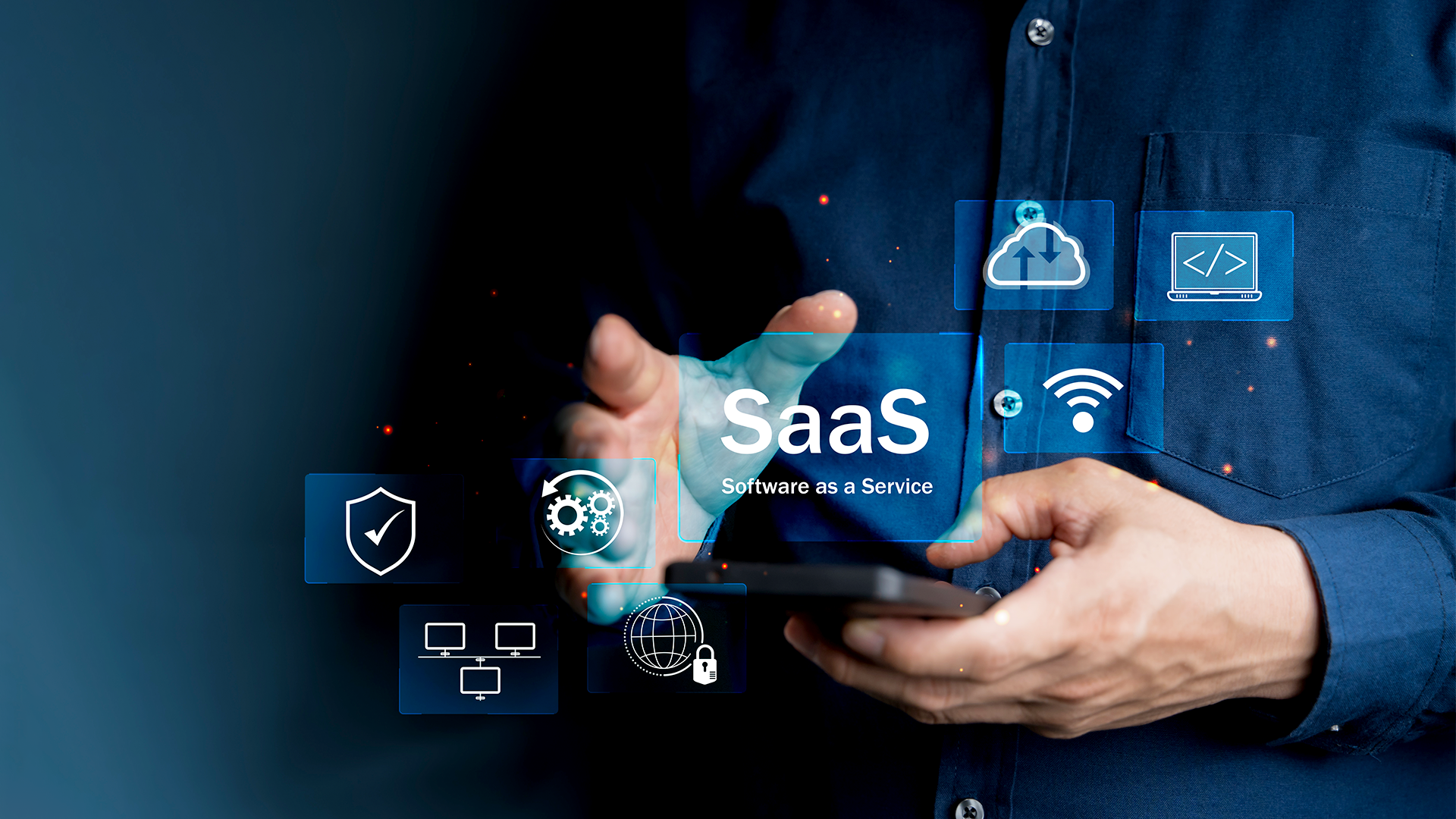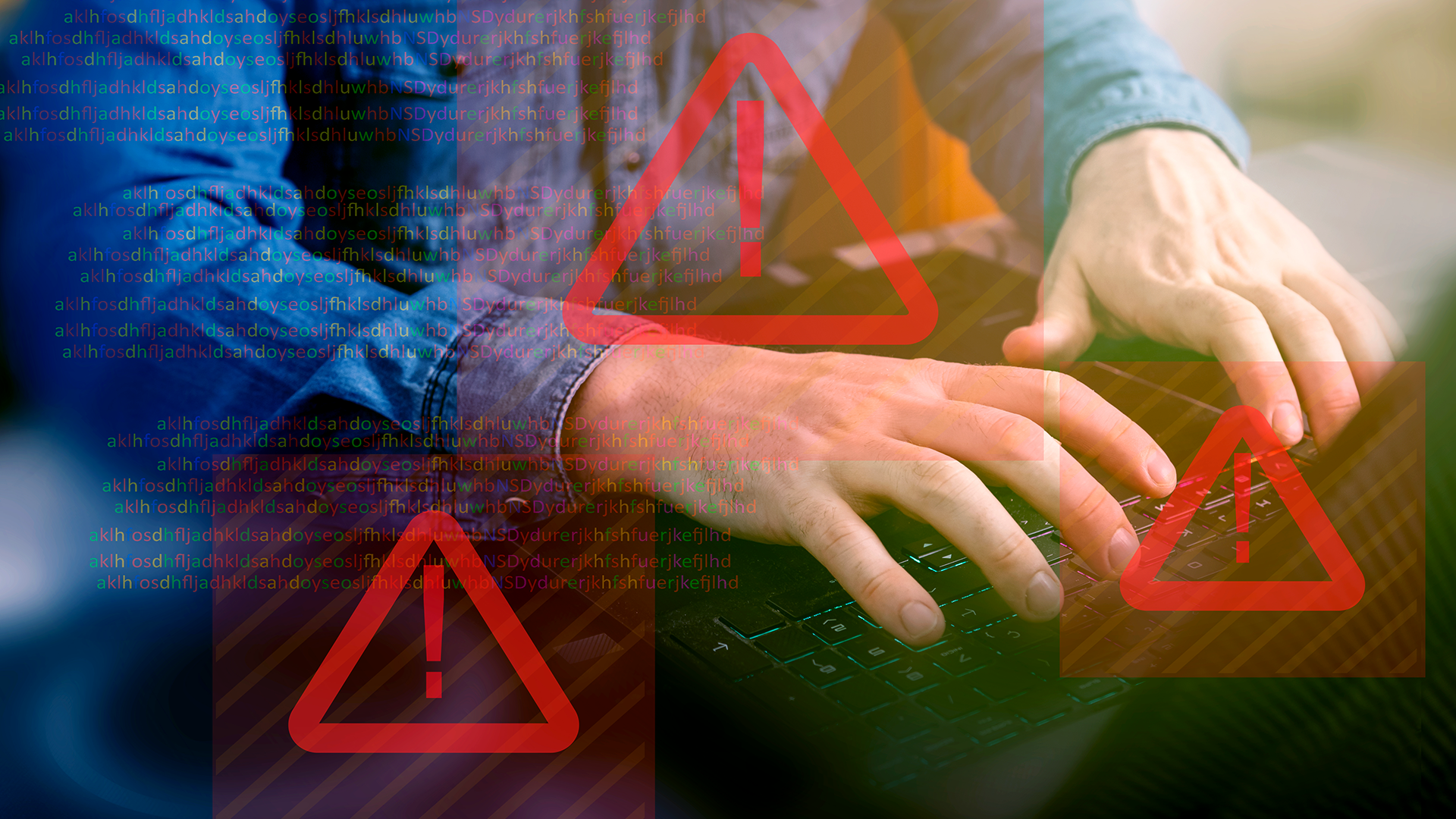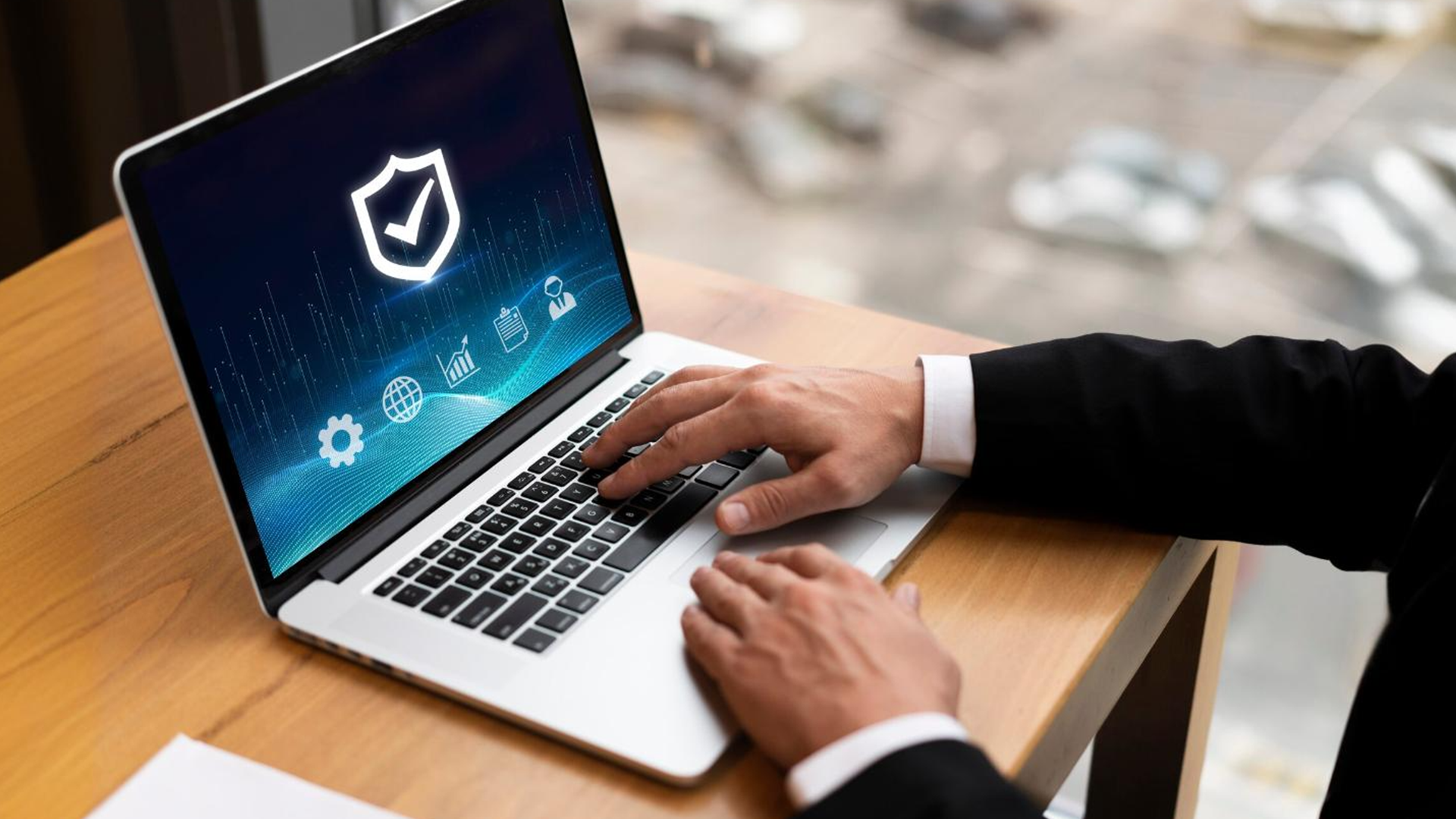
Thank you
Our team of industry domain experts combined with our guaranteed SLAs, our world class technology .


Get Immediate Help
The rapid adoption of SaaS security solutions has revolutionised how businesses operate. From seamless scalability to cost efficiency, SaaS applications offer unparalleled benefits. However, they also introduce unique challenges, particularly in multi-tenancy environments where multiple tenants share the same resources. This setup, while efficient, comes with inherent risks, including data breaches, unauthorised access, and compliance challenges.
To mitigate these risks, security architecture reviews are becoming a critical tool. These reviews help organisations identify vulnerabilities, implement robust access control, and ensure tenant isolation, ultimately strengthening their security posture. Let’s explore how security architecture reviews can reduce multi-tenancy security risks in SaaS environments and why this proactive approach is essential for modern businesses.

SaaS security refers to the measures and practices used to protect SaaS applications, their users, and the data they handle. In a cloud multi-tenancy model, multiple customers (tenants) share the same infrastructure, such as servers, networks, and storage.
While multi-tenancy offers cost efficiency and scalability, it also creates vulnerabilities:
A misconfiguration in one tenant's environment can expose data to others.
Poor isolation can lead to unauthorised access.
Shared infrastructure increases the attack surface for cyber threats.
This is where SaaS security architecture reviews come into play.

A security architecture review is a comprehensive assessment of the security framework used to protect an organisation's SaaS application. It evaluates the design, policies, and controls implemented to safeguard data and ensure compliance with regulations.
For multi-tenant SaaS environments, these reviews focus on critical areas such as:
Tenant isolation: Ensuring data and resources remain separate for each tenant.
Access control implementation: Establishing who can access what and under what conditions.
Compliance frameworks: Aligning with standards like the NIST cybersecurity framework and GDPR.

1. Data Leakage Between Tenants
Poor tenant isolation can allow data from one tenant to be accessed by another, leading to privacy breaches and compliance violations.
2. Unauthorised Access
Weak access controls can enable cybercriminals or malicious insiders to gain access to sensitive data or systems.
3. Shared Infrastructure Vulnerabilities
In a multi-tenancy setup, a vulnerability in the shared infrastructure can expose all tenants to threats like malware or ransomware.
4. Compliance Challenges
Ensuring compliance with regulations like GDPR or HIPAA is more complex in multi-tenancy environments, where data security responsibilities are shared between the provider and tenants.
5. Lack of Incident Response Preparedness
Without a well-defined security incident response plan, SaaS providers may struggle to contain and mitigate the impact of security breaches.

1. Enhancing Tenant Isolation
Security architecture reviews ensure proper isolation of tenant data and resources. By applying security-by-design principles, organisations can:
Implement virtual isolation for each tenant.
Ensure data encryption both at rest and in transit.
Regularly test for cross-tenant vulnerabilities.
2. Strengthening Access Control Implementation
Reviews assess and optimise access control measures to prevent unauthorised access. This includes:
Role-based access control (RBAC).
Multi-factor authentication (MFA).
Fine-grained permissions to limit unnecessary access.
3. Identifying Multi-Tenancy Security Risks
Through threat modelling, reviews uncover potential risks specific to multi-tenancy setups, such as shared resource vulnerabilities or weak identity management practices.
4. Aligning with Compliance Frameworks
Reviews ensure SaaS providers meet industry standards and legal requirements, such as:
NIST cybersecurity framework for risk management.
GDPR for data privacy.
ISO 27001 for information security management.
5. Improving Incident Response
By assessing business continuity planning and incident response protocols, security architecture reviews ensure SaaS providers can quickly detect, respond to, and recover from security incidents.

Reduced Risk of Breaches: Identifying and addressing vulnerabilities lowers the likelihood of data breaches.
Enhanced Customer Trust: Proactive security measures demonstrate a commitment to protecting customer data.
Regulatory Compliance: Aligning with compliance frameworks reduces legal risks and penalties.
Operational Continuity: Minimising security incidents ensures uninterrupted service delivery.
Cost Savings: Preventing breaches and reducing downtime saves significant resources in the long run.

1. Conduct Regular Security Architecture Reviews
Make reviews a routine process to ensure your security measures evolve with emerging threats and compliance requirements.
2. Implement Threat Modelling
Identify potential attack vectors and design your SaaS application to mitigate these risks.
3. Adopt Cloud-Native Application Protection
Use tools designed for cloud security architecture to protect SaaS applications from vulnerabilities.
4. Optimise Access Control
Ensure robust access control mechanisms, including RBAC and MFA, to minimise unauthorised access.
5. Test for Tenant Isolation Weaknesses
Conduct penetration testing and vulnerability assessments to ensure tenants' data and resources are adequately separated.
6. Develop a Strong Incident Response Plan
Prepare for potential breaches by having a well-defined plan for detection, containment, and recovery.
For organisations aiming to reduce multi-tenancy risks and enhance SaaS security through security architecture reviews, the following Microminder Cybersecurity (CS) services are essential:
1. Security Architecture Review Services
How It Helps: Evaluates the existing security framework of SaaS applications, focusing on tenant isolation, access controls, and multi-tenancy vulnerabilities.
Benefit: Identifies and addresses architectural weaknesses to ensure robust tenant isolation and compliance with industry standards.
2. Vulnerability Assessment and Management
How It Helps: Continuously scans SaaS environments to detect and prioritise vulnerabilities, including those affecting multi-tenancy configurations.
Benefit: Proactively mitigates risks that could expose tenant data or compromise application security.
3. Penetration Testing Services
How It Helps: Simulates real-world attacks to test the effectiveness of tenant isolation, access controls, and cloud configurations.
Benefit: Strengthens the SaaS application by identifying and addressing gaps before attackers can exploit them.
4. Continuous Security Monitoring
How It Helps: Provides real-time monitoring of SaaS environments for suspicious activities, policy violations, or potential breaches.
Benefit: Enhances visibility and ensures timely responses to threats, reducing the impact of security incidents.
5. Cloud Security Posture Management (CSPM)
How It Helps: Monitors and secures cloud-native SaaS environments, ensuring compliance with frameworks like the NIST Cybersecurity Framework and GDPR.
Benefit: Mitigates risks associated with misconfigurations and strengthens the overall cloud security posture.
6. Access Control Implementation and Review
How It Helps: Assesses and optimises access control mechanisms, including multi-factor authentication (MFA) and role-based access control (RBAC).
Benefit: Minimises unauthorised access and strengthens identity management across tenants.
7. Incident Response Retainer Services
How It Helps: Ensures immediate access to cybersecurity experts during incidents, offering containment, investigation, and recovery support.
Benefit: Reduces downtime and minimises the impact of security breaches, ensuring business continuity.
8. Threat Intelligence and Hunting Services
How It Helps: Provides actionable insights into emerging threats, enabling proactive defence strategies tailored to SaaS environments.
Benefit: Keeps organisations ahead of potential attackers, ensuring a secure and resilient application.
9. Compliance Gap Analysis and Reporting
How It Helps: Reviews SaaS applications for compliance with industry and regional regulations, such as GDPR and ISO 27001.
Benefit: Ensures adherence to legal standards, reducing the risk of fines and enhancing customer trust.
10. Security Orchestration, Automation, and Response (SOAR)
How It Helps: Automates security processes like threat detection, incident response, and compliance reporting.
Benefit: Improves efficiency and reduces human error, enabling faster responses to multi-tenancy risks.
By leveraging these Microminder CS services, SaaS providers can secure their multi-tenant environments, protect sensitive data, and maintain compliance, ensuring a resilient and trustworthy application for their users.
High-performing SaaS applications require more than just innovative features—they demand robust security measures. Security architecture reviews are the key to reducing multi-tenancy risks, protecting customer data, and ensuring compliance with industry standards.
Don’t wait for a breach to expose the gaps in your security. Take action today to secure your SaaS environment and build lasting customer trust.
Don’t Let Cyber Attacks Ruin Your Business
Call
UK: +44 (0)20 3336 7200
KSA: +966 1351 81844
UAE: +971 454 01252
Contents
To keep up with innovation in IT & OT security, subscribe to our newsletter
Recent Posts
Penetration Testing | 10/11/2025
Cloud Security | 07/11/2025
Cybersecurity | 06/11/2025
What is SaaS security?
SaaS security refers to the practices, tools, and frameworks used to protect SaaS applications, their data, and the users they serve. It encompasses measures like access control, tenant isolation, and threat detection to safeguard against cyber risks.What is multi-tenancy in SaaS?
Multi-tenancy is a cloud architecture model where multiple customers (tenants) share the same infrastructure, such as servers, storage, and networks, while keeping their data isolated from one another.What are the risks associated with multi-tenancy?
Common risks include: Data leakage between tenants. Unauthorised access due to weak access controls. Shared infrastructure vulnerabilities that can be exploited. Compliance challenges with data protection regulations.How does access control improve SaaS security?
Access control mechanisms, such as role-based access control (RBAC) and multi-factor authentication (MFA), limit who can access certain resources, reducing the risk of unauthorised actions or data breaches.Why is incident response critical for SaaS providers?
A well-defined incident response plan ensures that SaaS providers can quickly detect, contain, and recover from security incidents, minimising damage and downtime.